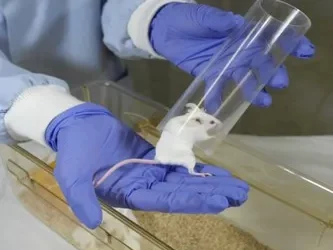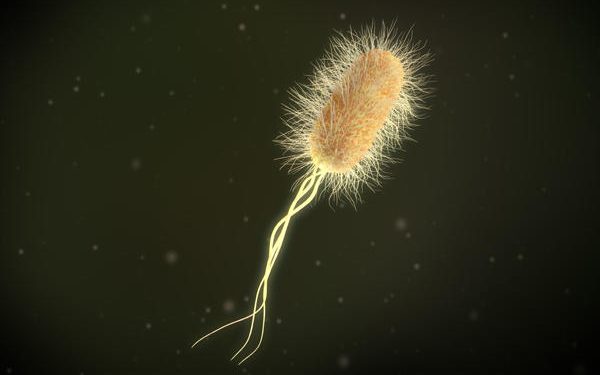When he developed what is now known as the binomial system about 300 years ago, the Swedish botanist Carl Linnaeus cemented his position in scientific history. In 1737, Linnaeus recognized the need to create a rational framework to categorize and organize the wide variety of plants and animals that naturalist expeditions had amassed in various regions of the globe.
His fundamental formula is still used today, proving that his approach has endured the test of time.
No naming choice is made in a vacuum. The naming system given by Linnaeus has not altered over the past 300 years, despite theories about what species are and how to identify them evolving over that time. But the existing code was not enough to deal with advances in technology that have changed how prokaryotes can be studied. So, a new, complementary code has been introduced.
A new initiative, SeqCode, will change the game by allowing DNA sequencing data to serve as the type. A rigorous and consistent naming system for all bacteria will aid research in discovering the untapped potential of the planet’s biodiversity and in comprehending their function in ecosystem function. Additionally, it will make it easier for researchers to share their discoveries with one another, which is a huge step toward finding the next antibiotic or cancer treatment.





























